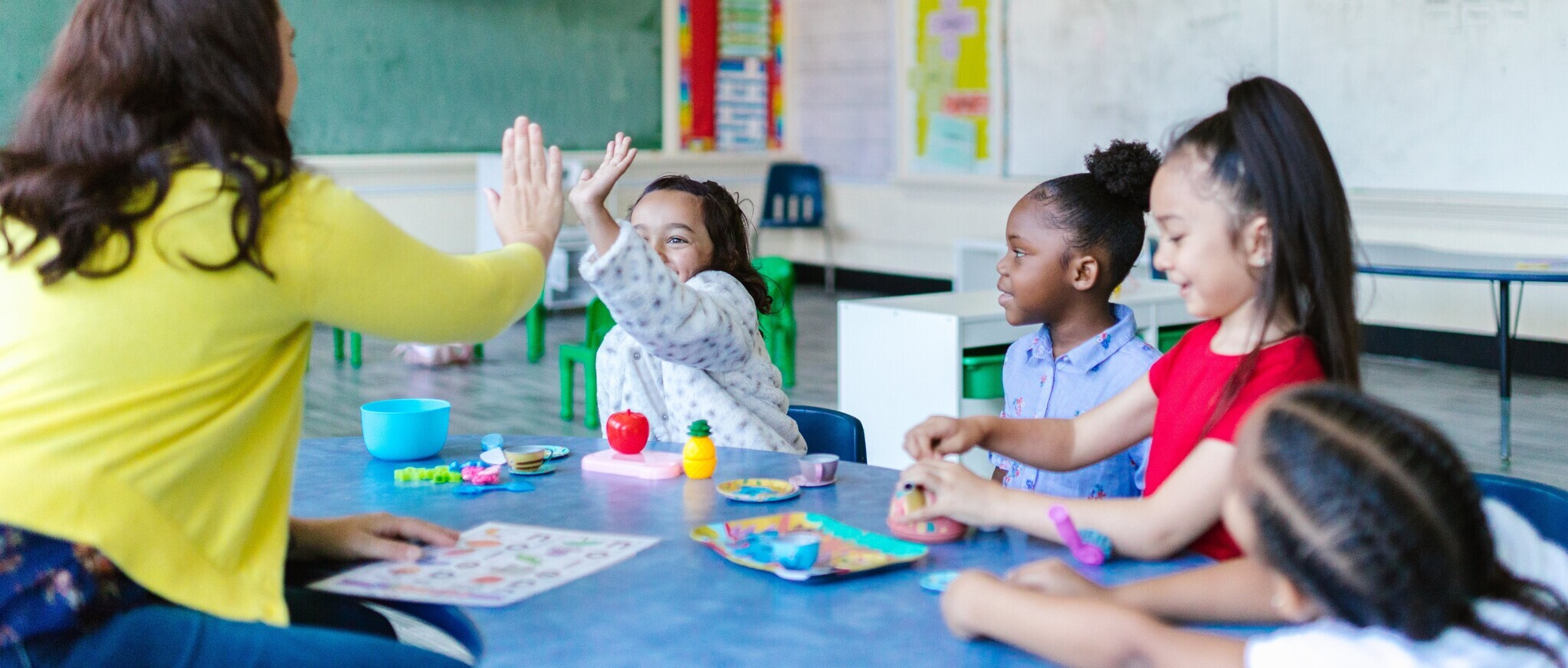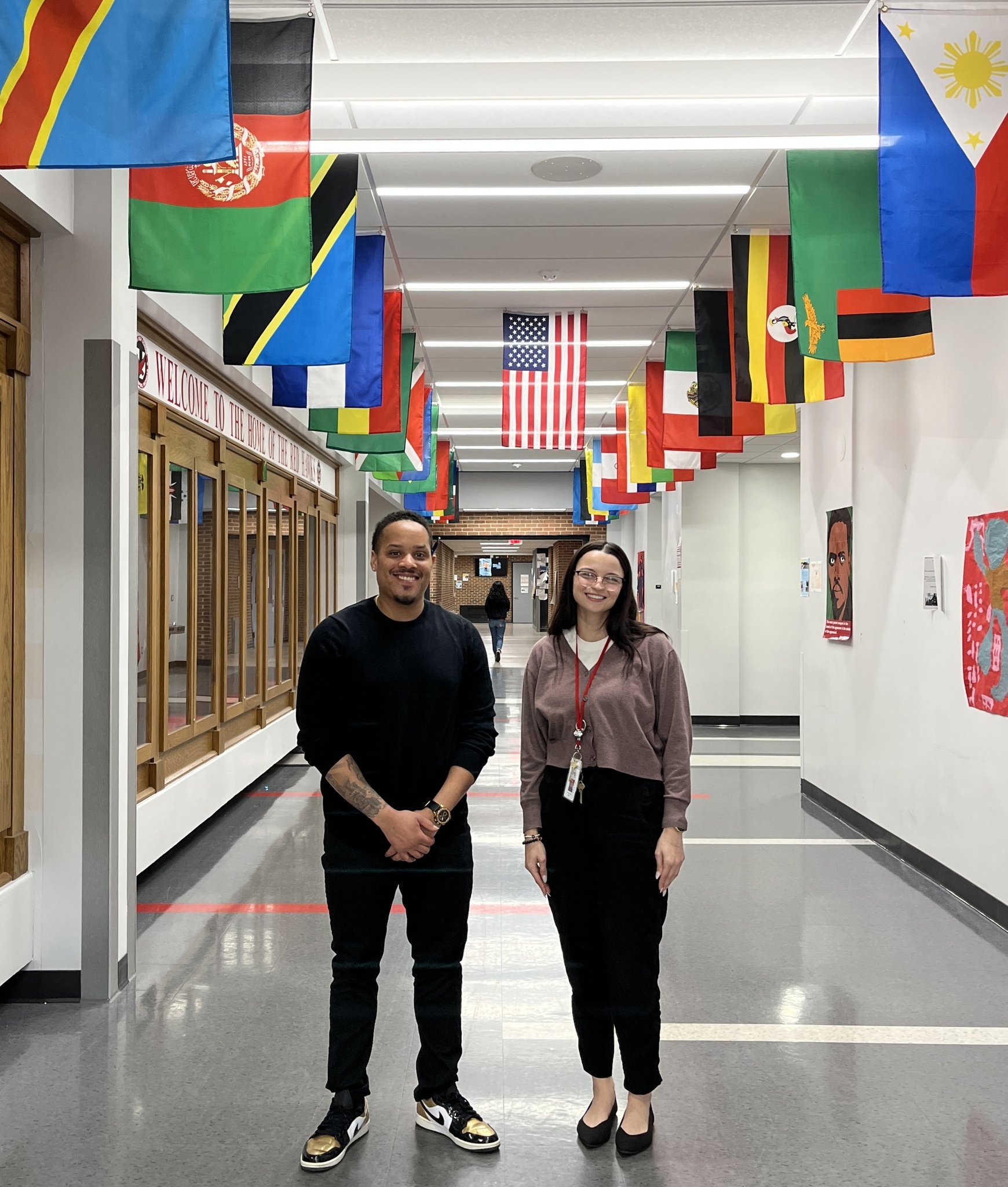
KSSN’S MISSION is to use the CommuniTy school strategy to center Student and family voice, IDENTIFY SOLUTIONS, and advocate for
systems change, resulting in student success and well-being.
our core:
essentials for community school transformation
Expected Outcomes (Click Here)
COMMUNITY ENGAGEMENT - Increased number of strategic partnerships formed between the school, faith-based organizations, local businesses, and non-profits.
FAMILY ENGAGEMENT - Family members are empowered to serve as partners — not only in their children's education, but also in school-wide improvement as well.
ATTENDANCE - Decreased truancy, tardiness, and student absences related to health conditions or family function.
BEHAVIOR - Decreased need for behavioral interventions in the school environment.
PHYSICAL, SOCIAL, EMOTIONAL HEALTH - Increased access to physical, mental, and social/emotional health assistance for students, families, and staff.
ACADEMICS - Improved academics and learning.
Guiding Principles (Click Here)
These seven principles guide the community school approach to school transformation. When used in combination with a clear, strong vision for how students, schools, and communities can thrive — these principles provide a solid foundation for the community school strategy.
 PURSUE EQUITY
PURSUE EQUITY
Educational excellence and equity are inseparable. Community schools work actively to identify and confront policies, practices, and cultures that keep students of different backgrounds from achieving outcomes. Community schools proactively and intentionally empower those typically disempowered by barriers to participation.
 INVEST IN A WHOLE-CHILD APPROACH TO EDUCATION
INVEST IN A WHOLE-CHILD APPROACH TO EDUCATION
Meaningful teaching and learning embraces core academic subjects — but it also goes beyond mastery of those subjects. It includes youth development principles such as holding high expectations for all involved as well as developing social-emotional, health, critical thinking, and problem-solving skills.
 BUILD ON COMMUNITY STRENGTHS TO ENSURE CONDITIONS
BUILD ON COMMUNITY STRENGTHS TO ENSURE CONDITIONS
Community schools utilize the assets of the entire community, including the gifts of those who live and work there — parents, families, and community partners — to create the optimal learning conditions.
 USE DATA AND COMMUNITY WISDOM
USE DATA AND COMMUNITY WISDOM
Reliable and community-specific data, coupled with the wisdom of youth, families, and residents, guides how educators and community partners work together to achieve measurable results.
 COMMIT TO INTERDEPENDENCE AND SHARED ACCOUNTABILITY
COMMIT TO INTERDEPENDENCE AND SHARED ACCOUNTABILITY
Student success requires explicit investment in collaborative planning and implementation between educators and community partners. Mutually agreed upon results and related indicators — as well as written agreements — enable educators and community partners to hold each other accountable.
INVEST IN BUILDING TRUSTING RELATIONSHIPS
 Deep collaboration takes dedicated effort and time to becomes ingrained in the daily social exchanges within a school community and between the school and the broader community. Trusting relationships fuel school transformation by creating a nurturing, safe, respectful climate where caring adults, families, and students can rely on each other as part of a shared approach to student success.
Deep collaboration takes dedicated effort and time to becomes ingrained in the daily social exchanges within a school community and between the school and the broader community. Trusting relationships fuel school transformation by creating a nurturing, safe, respectful climate where caring adults, families, and students can rely on each other as part of a shared approach to student success.
 FOSTER A LEARNING ORGANIZATION
FOSTER A LEARNING ORGANIZATION
Improved student learning depends on a school community where educators and community partners work together towards continuous improvement. Time and support are available for individual and collective reflection, as well as shared learning and professional development, to facilitate responsiveness to student needs.
We use the Coalition for Community School's Community School Standards as a framework for what we do.

